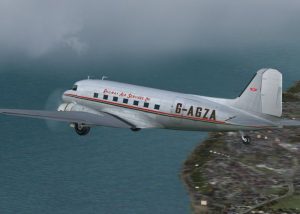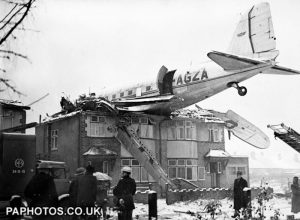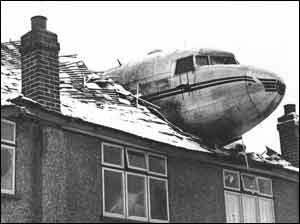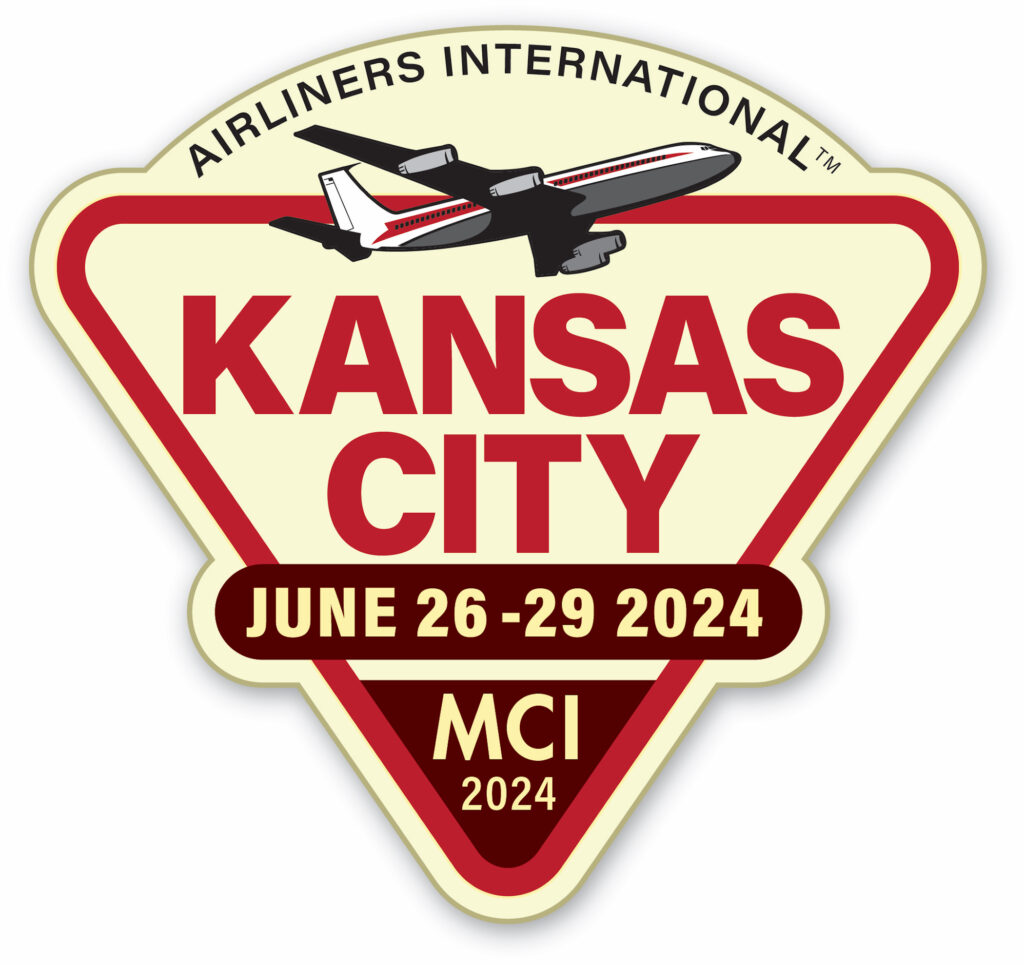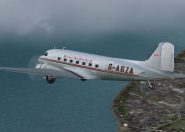
Rooftop Dakota
Written by Henry M. Holden
It was not a good evening to fly. December 19, 1946, was a cold, snowy evening at Northolt Airport, London, when Railway Air Service’s G‑AGZA, c/n 12455, DC‑3 service to Glasgow Airport on behalf of Scottish Airways, taxied into position for take-off. It had a total of four crew and one passenger on board.
The snow storm had closed the airport to incoming traffic, and outbound traffic was subject to long delays. The plane had been waiting for more than an hour for clearance. The aircraft had been de-iced since it was a cold, snowy evening which had delayed the departure. While the Dakota was waiting the temperature dropped and snow began falling which froze on the wings. When G‑AGZA received clearance, the pilot ran the engines up to 45.5 inches of manifold pressure and 2,500 RPM.
Time to go! He released the brakes and the airplane lumbered down the runway, but the old warhorse did not want to make the trip. As the plane gathered speed air rushed over its wings, but the tail did not rise. Both pilots looked at each other, and at the instruments. Then, the tail began its slow, lethargic rise. The pilots relaxed. For a moment, they thought there was a problem.
The old Gooney Bird was having trouble getting off the ground. There was too much ice on her wings. She should not be flying but the pilot didn’t listen to her subtle signals. Eighty‑four knots and the pilot pulled back gently on the yoke. The Gooney Bird struggled to get off the ground, its Pratt & Whitney engines clawing at the air. She could remember this happening before, but in a war, when she was RAF Dakota KG240. Although struggling, she would fly again, even though the laws of aerodynamics said it was impossible.
Her wheels left the icy runway and she could feel them tucking away inside her. That helped a little, but not enough. Her propellers were biting at the air, hardly giving her 50 feet of altitude. She was just barely flying.
Suddenly there were houses in front of her and more ice on her wings. Her nose came up a little, but it was too late. The ice on the wings disturbed the air flow, which resulted in the aircraft not gaining any lift. It was however too late to abort take-off so the crew was forced to try to get the aircraft to climb. She hit the roof of the first house with a sickening, scraping noise, but her forward motion continued. She tore the roofs from three more houses before coming to rest. Metal and wood groaned under her weight. Then, there was silence.
People came rushing out of their homes. In the distance a baby was crying. The Gooney Bird had nested on top of the last house. Its wing tips were missing but the nose and tail remained undamaged. There were no injuries on the ground, only a frightened baby in its crib, looking up through tear‑filled eyes, at the belly of the plane. The four crew members and one passenger walked away from the plane, but instead of in Scotland, their destination, just minutes away from their point of departure.
It was quickly determined that the cause of the crash was the snow which had frozen to the aircraft’s wings while G-AGZA was waiting to take-off, resulting in the aircraft not gaining any lift and making an emergency landing on the roof of 46 Angus Drive. The house was subsequently nicknamed “Dakota Rest.”
The pilot was also assigned a cause factor for failing to abort take-off after noticing it had been snowing and his aircraft being covered in snow. The crash landing on the houses earned the Captain the nickname “Rooftop Johnson.”
The Dakota involved made its first flight in 1944 as Douglas C-47A 42-92633 military transport of the United States Army Air Force (USAAF) and had Douglas serial number 12455. It was transferred to the Royal Air Force (RAF) as KG420. KG420 was registered to Railway Air Services as a Dakota III in March 1946, with the British registration G-AGZA, powered by two Pratt & Whitney R-1830-92 Twin Wasp engines.
Copyright Henry M. Holden, 1997, 2013, 2019
For the complete story on the Douglas DC-3 see “Legacy of the DC-3″
Trackback from your site.

